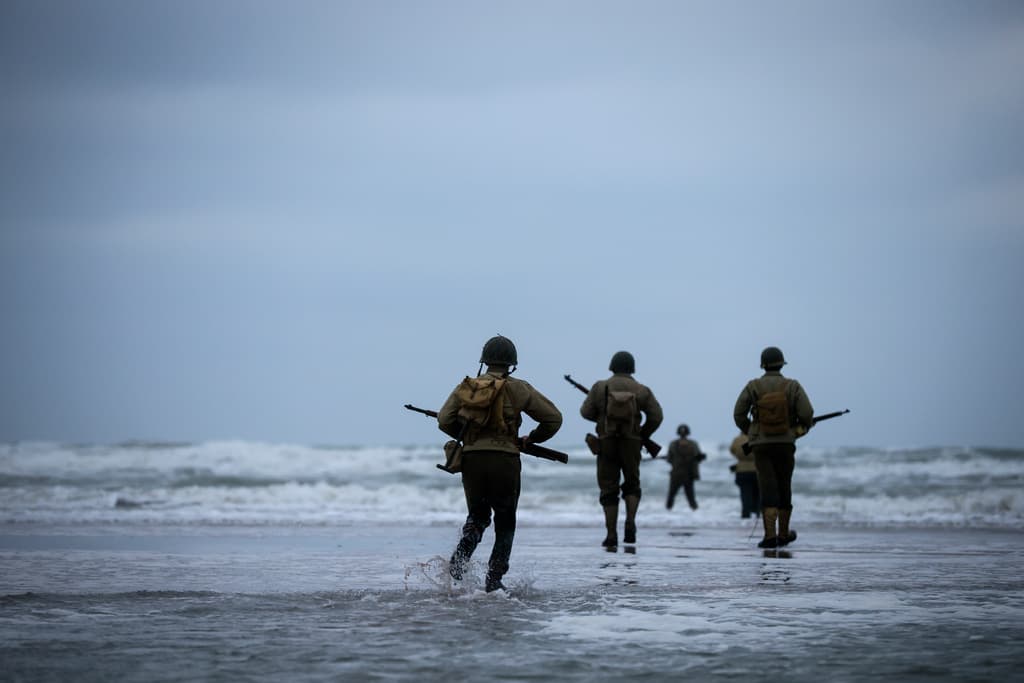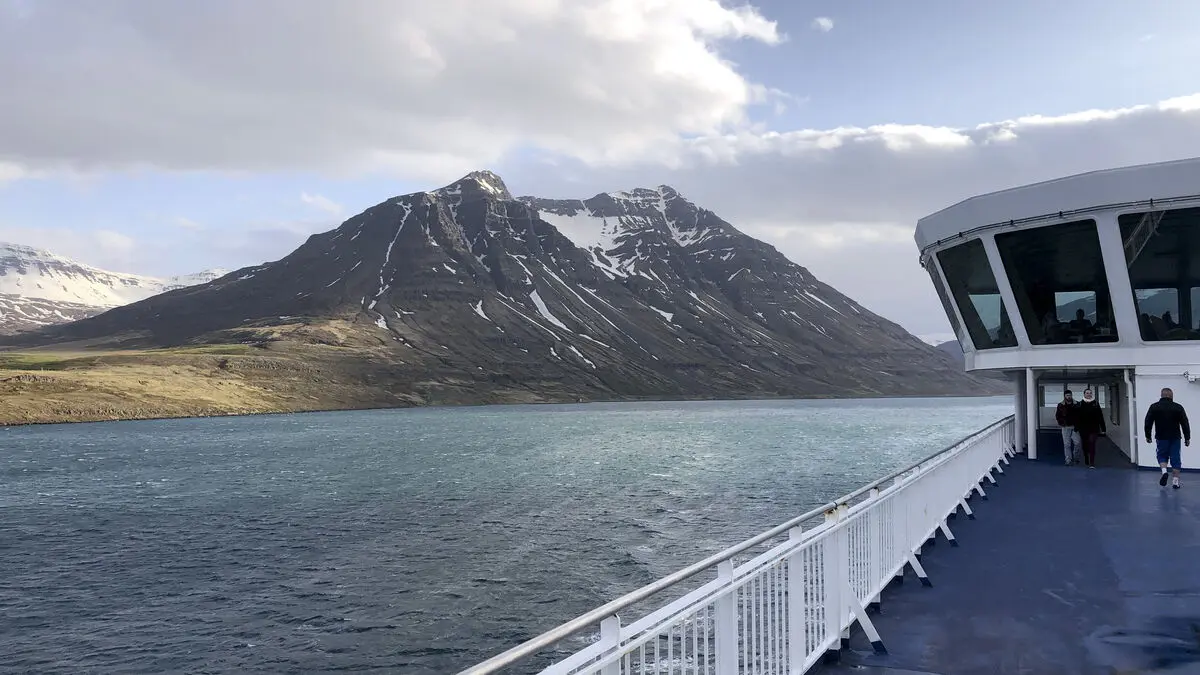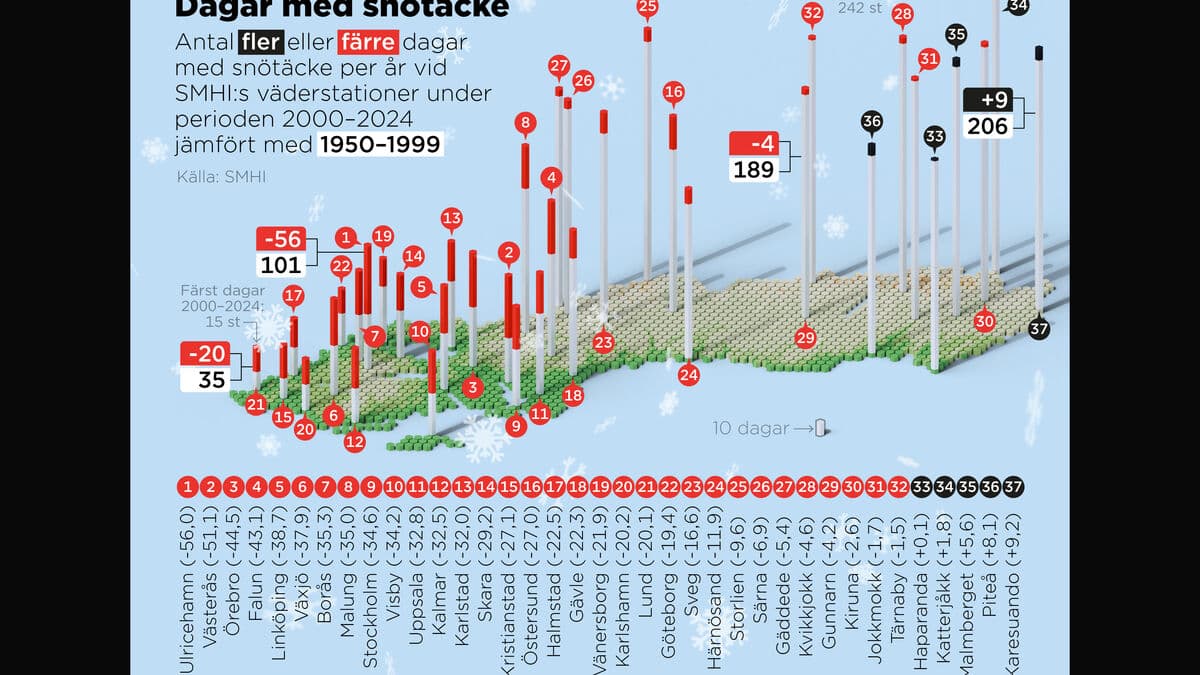A new threat is looming over Normandy. The sea is devouring the beaches of D-Day – where the largest amphibious operation in history took place during World War II.
Despite it having been 80 years since the Allied forces landed in occupied Normandy, France, the coastline still bears scars of D-Day, June 6, 1944. Here, you'll find bunkers, observation posts, and wreckage that attract hordes of tourists every year.
One year after over 150,000 Allied soldiers landed in Normandy, Nazi Germany surrendered. But now, the historic beaches are threatened by rising sea levels and erosion due to climate change.
The landing beaches of Utah, Omaha, Gold, Juno, and Sword would be hard to recognize for a soldier who was present on D-Day, according to geographer Régis Leymarie.
In the community of Graye-sur-Mer, the sea has taken over entire bunkers, and the local population is worried that history will be washed away with the tide.
Leymarie believes that the only thing left to do is to try to adapt to the changes.
On Sunday, parachutists were seen floating gently over the peaceful sky of Normandy, a foreshadowing of the many ceremonies expected to commemorate the 80th anniversary. US President Joe Biden, Ukrainian President Volodymyr Zelenskyj, and British royalty are on the guest list when France invites to celebrate in the week, reports news agency AP.





